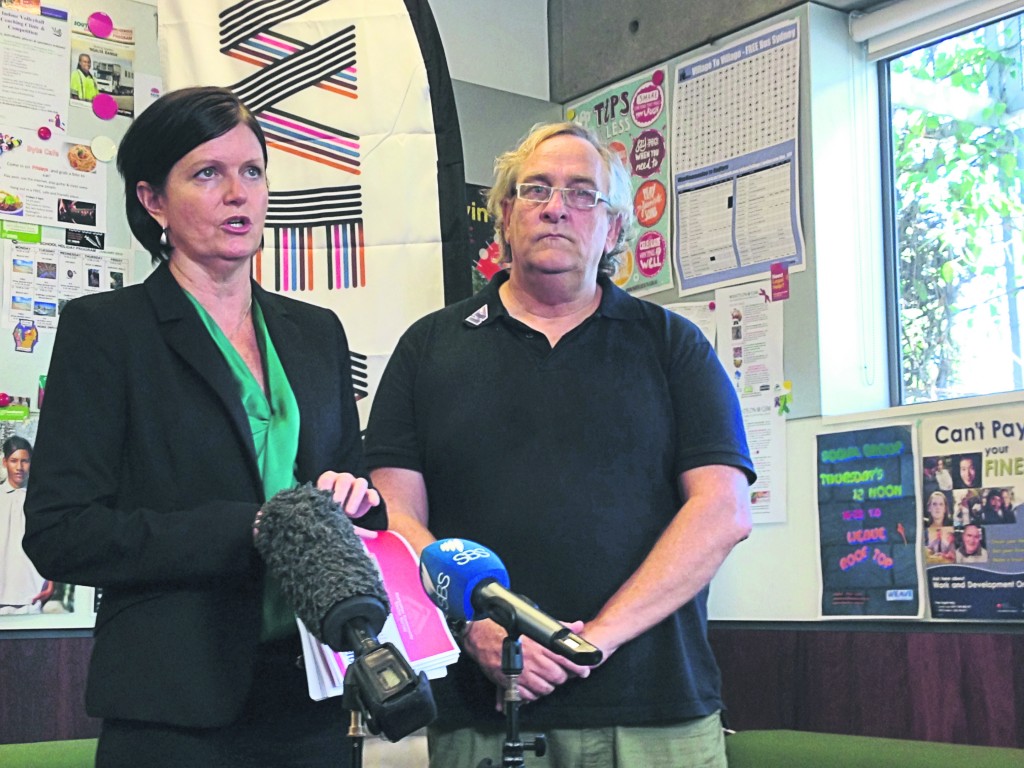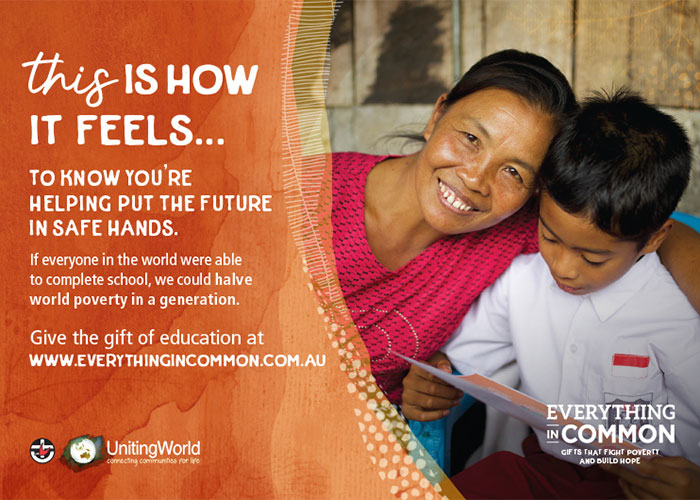The survey of almost 1,000 community service workers from around the country shows that 43 per cent of services are simply unable to meet the needs of people coming to them for help. A further 37 per cent can “almost” meet demand. Only 20 per cent reported being able to meet demand fully.
The findings are supported by the results of a survey by Mental Health Australia, which found that 41 per cent of mental health organisations had experienced a reduction in services because of funding uncertainty and 40 per cent had experienced a loss of staff.
“From the coalface of community work, our findings are deeply concerning and should ring alarm bells for federal government policies that would inflict deeper pain on the people doing it toughest in our community,” Dr Goldie said.
“As a society we simply cannot accept policies that will further erode the living conditions of people on the lowest incomes, or reduce the social services that are their lifeline. We are particularly perturbed about the state of our nation’s community legal and accommodation services, which have reported great difficulty meeting demand. Yet, despite the urgent need for these services in our community, they have been subjected to federal funding cuts and ongoing funding uncertainty.
“We are troubled by the plight of both young and older people not in paid work and of single parents, with community service workers reporting a noticeable deterioration in their quality of life and levels of stress in the past year.”
Dr Goldie addressed the media alongside Shane Brown, chief executive of Weave. They highlighted their shared concerns with regard to housing and homeless services, in particular the lack of supply of affordable housing. Also of concern was the stereotyping of young people as lazy, and disparaging remarks about people with mental illnesses from politicians and commentators “who should know better”.
“Young people want jobs,” Mr Brown said. “But there is only one job for every five young people out there looking.”
We were reminded of a core group of people who do not have enough. There are 2.5 million people living below the poverty line in Australia, including 603,000 children. In the context of such need and inadequate funding we were warned of “savage cuts” on the way. Half a billion dollars in cuts to Aboriginal and Torres Strait Islander services. A quarter billion in cuts generally, including cuts to legal aid and youth services.
Weave Youth & Community Services is a non-profit community organisation that has been working with disadvantaged and vulnerable young people, women, children and families in the City of Sydney and South Sydney areas for over 30 years. Weave provides a range of services that include practical support, counselling, mental health services, drug and alcohol support, access to education and employment opportunities and assistance for information and referral.
Mr Brown mentioned that 70 per cent of Weave’s clients (the agency helped more than 7,000 people in 2014) are of Aboriginal or Torres Strait Islander background. “The federal government has rationalised funding for Indigenous programs. There are 150 programs reduced to five and we still don’t know who’s going to get funding,” he said. “A lot of the funding we get is to support Indigenous people and their families. There is constant pressure on funding.”
He also bemoaned the recent $300,000 cut in state funding for a program to help children stay in school. “For some children it [inadequate funding of the community sector] means dropping out of school at the end of primary school and not continuing with their education because they have had bad experiences. For some young people it means that instead of receiving therapeutic support they end up in jail. For a lot of young people it means remaining homeless and living on the streets rather than moving to a refuge or public housing,” he said. “For some parents, particularly single mums, it means losing their children rather than getting into a program to help them develop their parenting skills.”
In January Dr Goldie spoke out on tax reform, disagreeing with the federal treasurer’s comment that some are contributing half their income to tax. “This is simply not accurate,” Dr Goldie said. “We are releasing [a paper ahead of the government’s tax review to be launched in February] to demonstrate that based on the Bureau of Statistics data and appropriate modelling, people on higher incomes are contributing around 28 per cent. They are able to pay more.”
Dr Goldie also pointed out that GST hits low-income earners hardest.
“We urge governments at all levels to work with us in the pursuit of evidence-based policies that will be effective, not ones based on short-term budgetary imperatives that will cost us more as a community in the longer term,” she said.





